All Stories
-
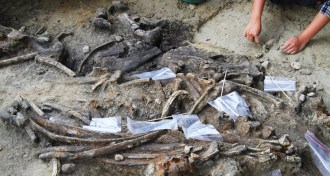 Anthropology
AnthropologyButchered rhino bones place hominids in the Philippines 700,000 years ago
Stone tools and butchery marks point to an ancient hominid presence on islands in the Philippines.
By Bruce Bower -
 Animals
AnimalsThis ancient fowl bit like a dinosaur and pecked like a bird
A new fossil of Ichthyornis dispar helped scientists create a 3-D reconstruction of the ancient bird’s skull, shedding light on early bird evolution.
-
 Climate
ClimateBull sharks and bottlenose dolphins are moving north as the ocean warms
Rising temperatures are making ocean waters farther north more hospitable for a variety of marine species.
-
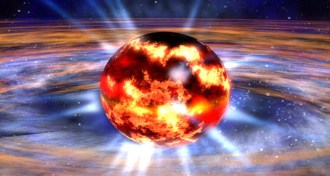 Physics
PhysicsNeutron stars shed neutrinos to cool down quickly
Scientists find the first clear evidence of rapid cooling of a neutron star by neutrino emission.
-
 Science & Society
Science & SocietyDoes our latest issue look fat? If so, that’s a good thing
Editor in Chief Nancy Shute enthuses about three enterprise stories featured in this issue of Science News magazine.
By Nancy Shute -
 Particle Physics
Particle PhysicsReaders puzzled by particle physics and a papal decree
Readers had questions about neutrinoless double beta decay and the history of domesticated rabbits.
-
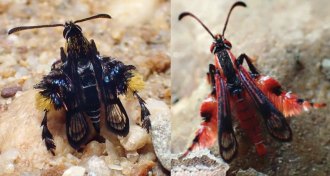 Animals
AnimalsDefenseless moths do flying impressions of scary bees and wasps
Faking that erratic bee flight or no-nonsense wasp zoom might save a moth’s life.
By Susan Milius -
 Health & Medicine
Health & MedicineSynthetic opioids involved in more deaths than prescription opioids
Winning a ghastly contest, synthetic opioids become most common drug involved in U.S. overdose deaths, bypassing prescription opioids in 2016.
-
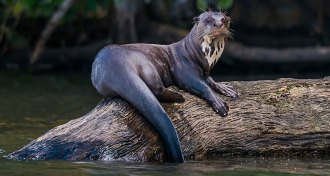 Animals
AnimalsHow a social lifestyle helped drive a river otter species to near extinction
A reconstruction of 20th-century hunting practices reveals why one species of Amazon river otters nearly went extinct while another persisted.
-
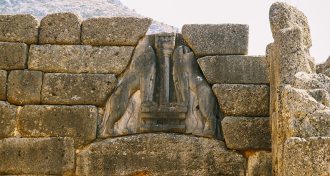 Archaeology
ArchaeologyHow a backyard pendulum saw sliced into a Bronze Age mystery
A saw no one has seen may have built Bronze Age Greek palaces.
By Bruce Bower -
 Planetary Science
Planetary ScienceLast year’s solar eclipse set off a wave in the upper atmosphere
The August 2017 solar eclipse launched a wave in the upper atmosphere that was detected from Brazil after the eclipse ended.
-
 Plants
PlantsNew genetic details may help roses come up smelling like, well, roses
A detailed genetic look at China roses and an old European species shows that there’s a built-in trade-off between color and scent.
By Susan Milius